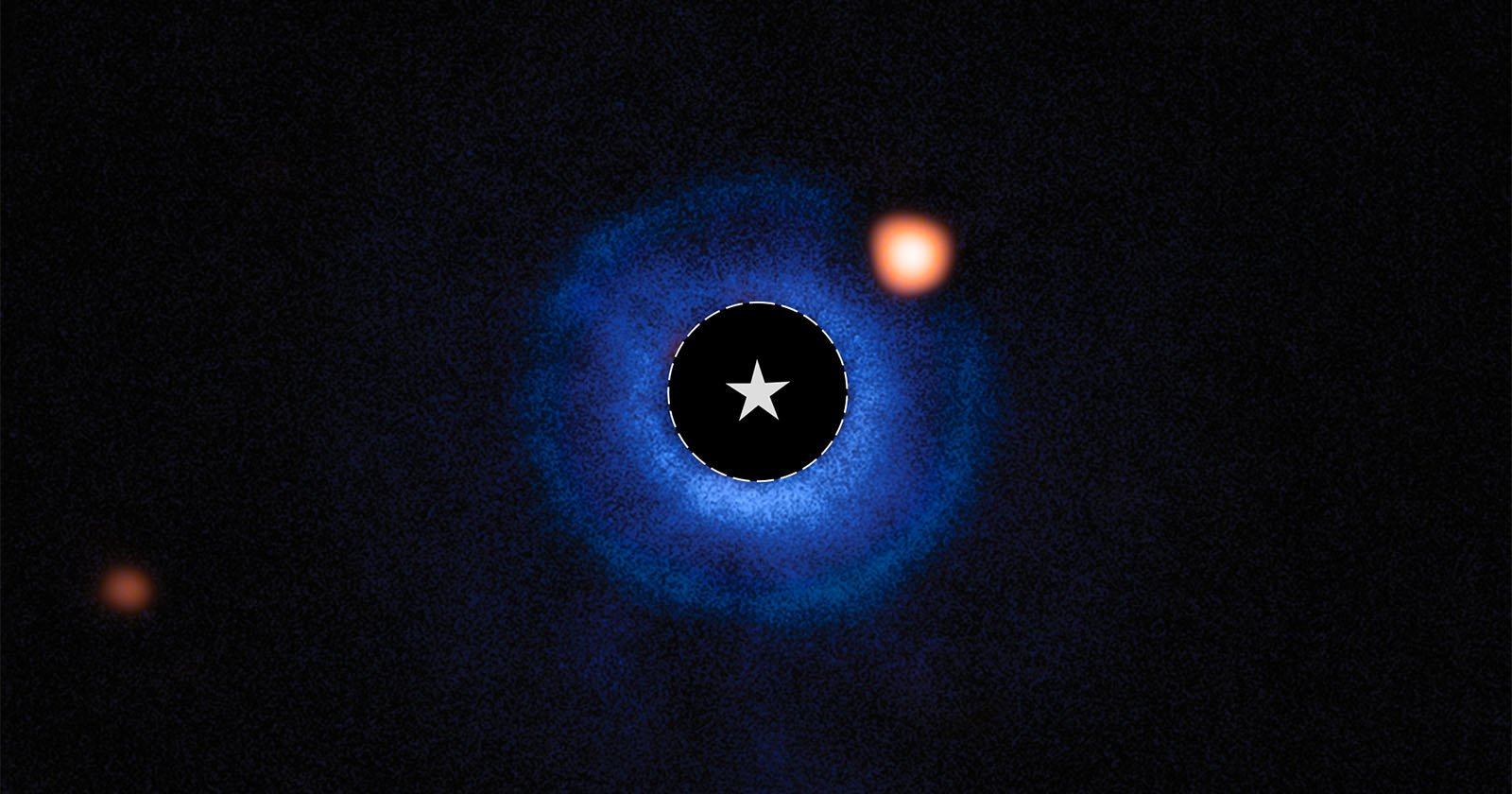Webb Telescope’s First Exoplanet Image Sparks Scientific Excitement

WASHINGTON, D.C. – NASA’s James Webb Space Telescope has potentially captured its first direct image of an exoplanet, marking a milestone in astronomical observation. If confirmed, this discovery would represent the lightest exoplanet ever imaged using this technique outside our solar system.
Breaking: Webb’s Astronomical Achievement
An international team of researchers utilized the Webb Telescope’s Mid-Infrared Instrument (MIRI) to image TWA 7, a young star nearby, revealing a planet-like object, TWA 7 b, with a mass akin to Saturn, approximately 95 Earth masses.
Their groundbreaking research, published this week in Nature, showcases Webb’s capability to capture images of such distant celestial bodies.
Immediate Impact
The announcement comes as a significant advancement in space observation technology. Using MIRI’s coronagraph, researchers were able to suppress the bright glare of the host star, unveiling faint nearby objects.
“This technique, called high-contrast imaging, enables astronomers to directly detect planets that would otherwise be lost in the overwhelming light from their host star,” NASA explains.
Key Details Emerge
After subtracting residual starlight through advanced imaging processing techniques, a faint infrared source was detected near TWA 7. The team ruled out the possibility of the object being within our solar system and deemed the chance of it being a background galaxy as “very small.”
“The evidence strongly points to the [infrared] source being a previously undiscovered planet,” NASA says.
By the Numbers
- TWA 7 b has a mass similar to Saturn, around 95 Earth masses.
- Located within a gap of one of the three dust rings surrounding TWA 7.
- Webb’s imaging technique allows for the observation of planets with masses similar to those in our solar system.
Expert Analysis
Anne-Marie Lagrange, CNRS researcher at the Observatoire de Paris-PSL and Université Grenoble Alpes in France, and lead author of the new research paper, explained, “Our observations reveal a strong candidate for a planet shaping the structure of the TWA 7 debris disk, and its position is exactly where we expected to find a planet of this mass.”
Co-author Mathile Malin from Johns Hopkins University and the Space Telescope Science Institute (STScI) in Baltimore, Maryland, adds, “This observatory enables us to capture images of planets with masses similar to those in the solar system, which represents an exciting step forward in our understanding of planetary systems, including our own.”
Background Context
This development builds on years of research and technological advancements in space telescopes. The Webb Telescope, launched in December 2021, has been pivotal in enhancing our understanding of the universe, particularly in imaging distant celestial bodies.
What Comes Next
The scientific community eagerly anticipates further confirmation and analysis of TWA 7 b. If verified, this discovery could open new avenues in the study of planetary formation and the characteristics of exoplanets.
Meanwhile, industry experts warn that the implications of such discoveries extend beyond astronomy, potentially influencing future space exploration missions and technologies.
The timing is particularly significant because it aligns with ongoing efforts to explore and understand the vastness of space, pushing the boundaries of what is known about planetary systems beyond our own.
Image credits: NASA, ESA, CSA, Anne-Marie Lagrange (CNRS, UGA), Mahdi Zamani (ESA/Webb)






